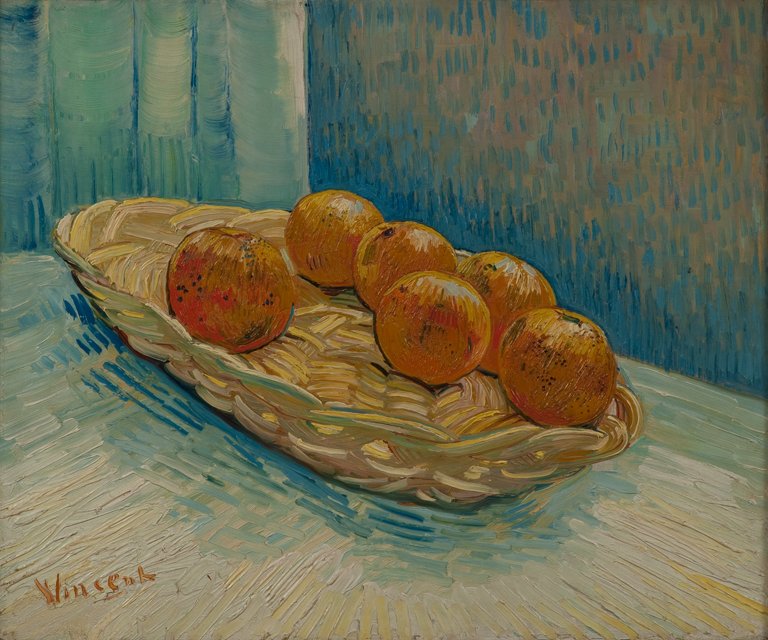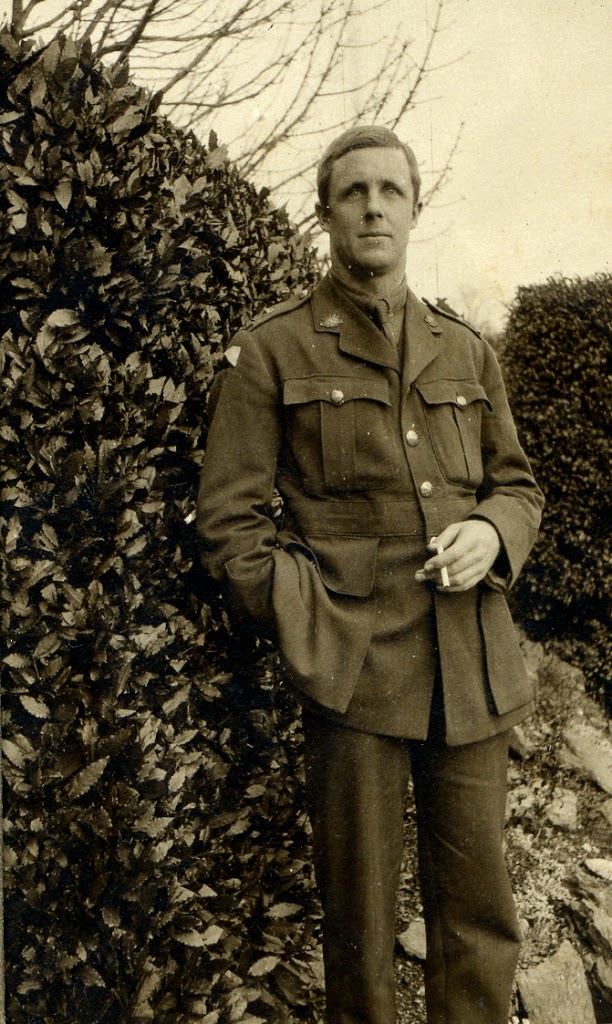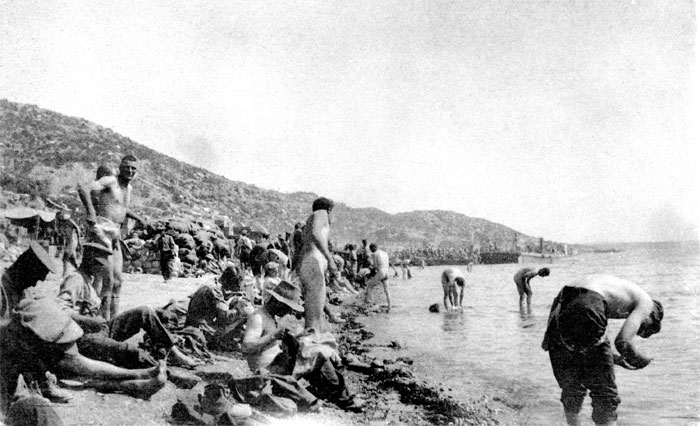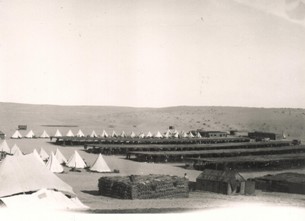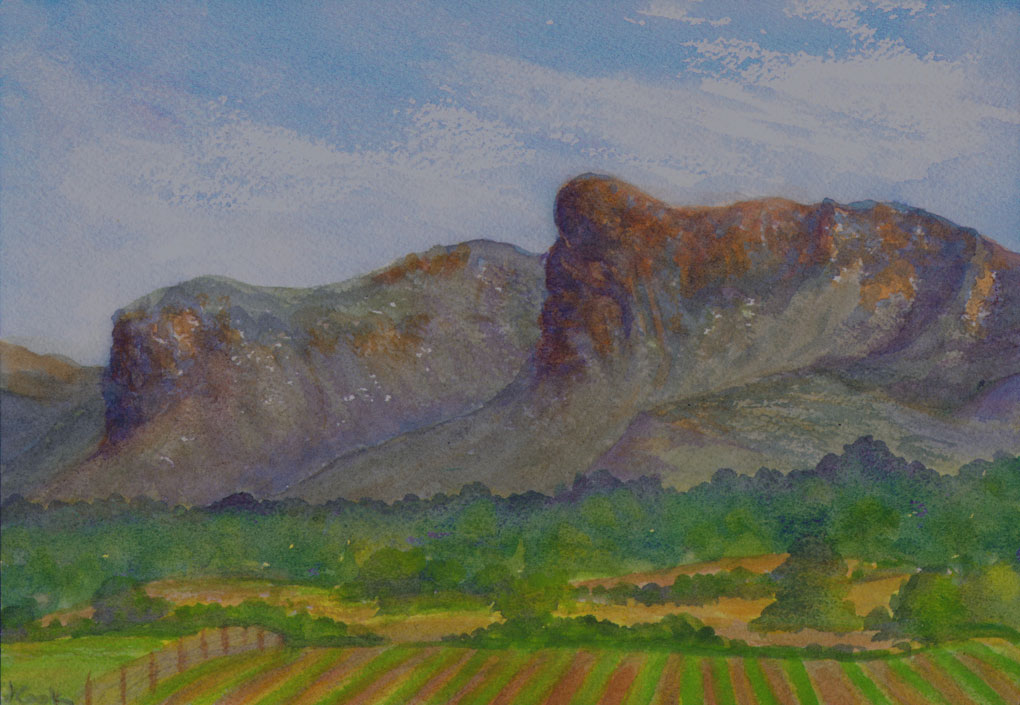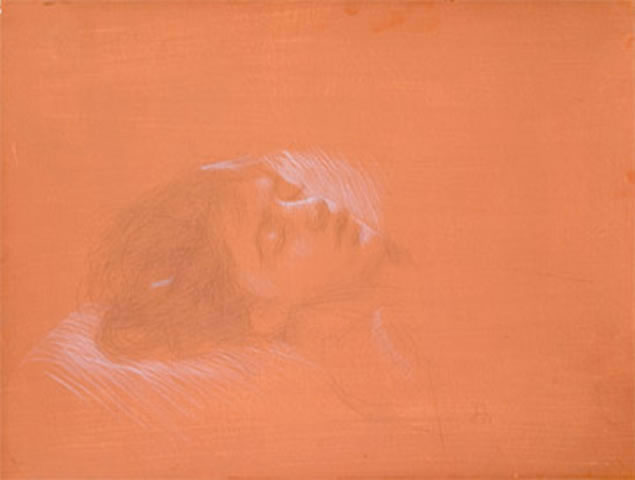Looking at the glowing oranges hanging in such bounty from the trees in the garden, I find myself marvelling in the play of light on their rough skins and the intensity of the colours. The lustrous dark green leaves are the perfect foil for the fruit, the brilliant Mediterranean blue sky above the ultimate enhancement. The temptation to paint these oranges is constant, but I have learned that watercolours are not the best medium to convey the intensity of these glorious winter fruits.
I began thinking of the paintings I have seen over the years of oranges; I realise that of course, it is mostly artists who have lived in the Mediterranean area - or at least visited - that have used oranges in their paintings. One of the earliest artists that comes to mind who used oranges in a wonderful still life painting was Spanish Francisco de Zurbaran (1598-1664). I was spellbound, like so many others, when I saw this painting at the Norton Simon. It glows - and the oranges could almost be smelled in their tangy citrus perfume.
Another Spanish artist that comes to mind celebrates oranges in a different fashion - oranges growing in orchards or being sold: Joaquin Sorolla y Bastida, Valencia-born artist of light and Spanish life, straddled the 19th and 20th century, and recorded history, landscapes, portraits in vivid, lyrical fashion.
Another artist who loved the brilliance of oranges in the South of France was, of course, Vincent Van Gogh. He returned to these golden marvels several times, and I am sure their colour not only echoed the golden yellows he loved so much in sunflowers, ripe wheat fields, or his chair, but they must have cheered him up when he was in mental anguish.
Paul Cezanne used them too in some of his still life paintings. One of the most famous is a complex feat of celebrating fruits, including the oranges.
Apples and Oranges, Paul Cezanne, c. 1899, (Image courtesy of Musee d'Orsay)
At almost the same time, Henri Matisse was also experimenting with still life paintings that included oranges. It was a theme to which he returned...no one can resist these golden orbs!
Every time I walk in the garden and see the oranges, I understand why these artists used them in their brilliant still life studies.





